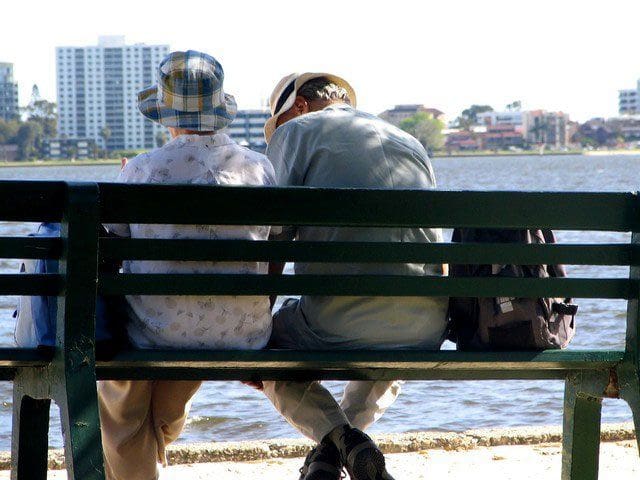Singapore’s Aging Population – The Facts, Causes and Implications on Society

One of the results of having a successful nation – a fully developed one – is that the nature and make up of that nation’s population changes. The population of developing nations can be represented by a pyramid, with the age of the populace increasing as you go up the levels. There are significantly fewer elderly members of society in proportion to those lower down the pyramid, those who are of working age. There comes a time in a country’s development however, when this pyramid suddenly flips. This means that there are more elderly people – those that have contributed to society, but no longer are able, or want to, at least financially – than there are those of traditional working age.
This is now the case in Singapore, so what are the consequences, and what is being done about it?
The Facts
In 1970, 1 in every 31 Singaporeans was 65 or older. That figure had changed to 1 in every 8 in 2015. All the figures predict that in 2030 it will be 1 in every 4.
Put another way, we currently have approximately 440,000 senior citizens. That figure was half that in 2000 and by 2030 it will have doubled.
The causes of this are twofold and straightforward. Firstly people are living longer due to better healthcare and living and working conditions, and secondly, people are having fewer children. It is obviously a good thing that people are living longer, and living healthier longer, but everyone looking at those figures will see that measures need to be put in place, and for two very different reasons.
Economically Speaking
As the number of people of working age shrinks – in proportion with the population as a whole – there will be a greater and greater burden placed on those workers to provide services and goods for the ever increasing number of “dependents”. In addition, there will be less tax coming into the government’s coffers, but more people needing care, and the type of care that costs more money.
This is not only felt at a national level, but also at a family level, where more and more families are made up of just 2 or fewer working adults providing for older and younger generations. This means they are financially pushed, which means they have less spending power, which has a knock on effect to the economy.
There is no silver bullet to help the situation. The main way that the country can help itself, is by simply having more babies. This is something the government is trying to encourage, with several measures including reducing the waiting time for housing and introducing flexible working arrangements.
Caring for the Elderly
This ever growing group of senior citizens – those who have helped make the country what it is, need to be looked after, and provided with the help and facilities that they deserve, despite the economic situation.
In the years between 2004 and 2010, people were not only living 2.1 years longer on average (79.6 to 81.7) they were also living healthier longer (72.1 to 75.5). The government has introduced several initiatives to help its senior citizens age well and be able to live fulfilling lives. These have included ones to help them with home ownership, as well as ensuring they have good healthcare. The Central Provident Fund and the Silver Support Scheme both provide permanent handouts to ensure they are on a sound economic footing for their retirement.
In order to reduce the impact of greying population and ensure the continual growth and economic progress of Singapore, the government has aimed to increased the population of Singapore to 6.9 million by 2030. Hence, demand for housing will also increase as well. If you are looking to grow your wealth via property investments, do take a look at some of our hot-selling new launches below,
